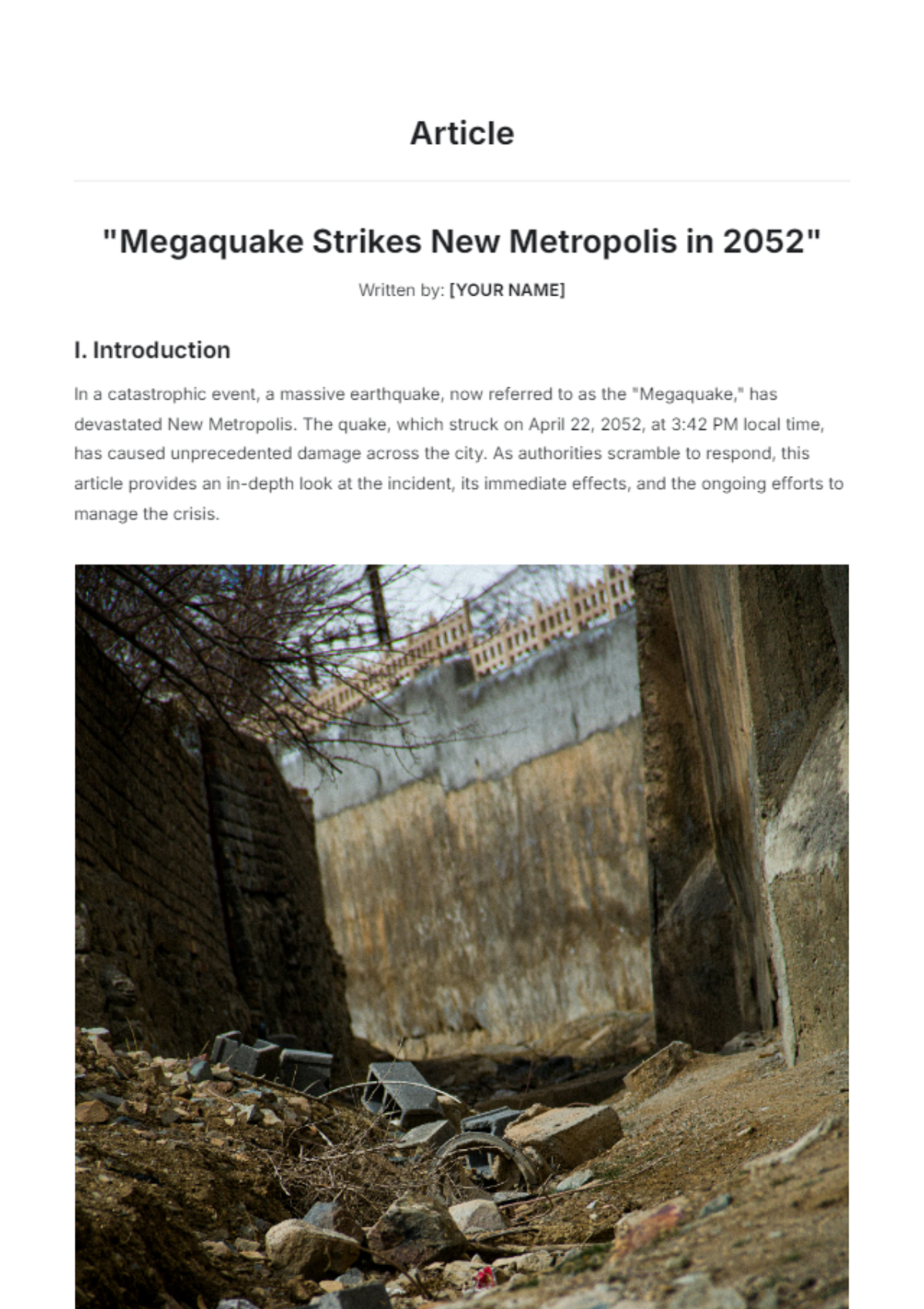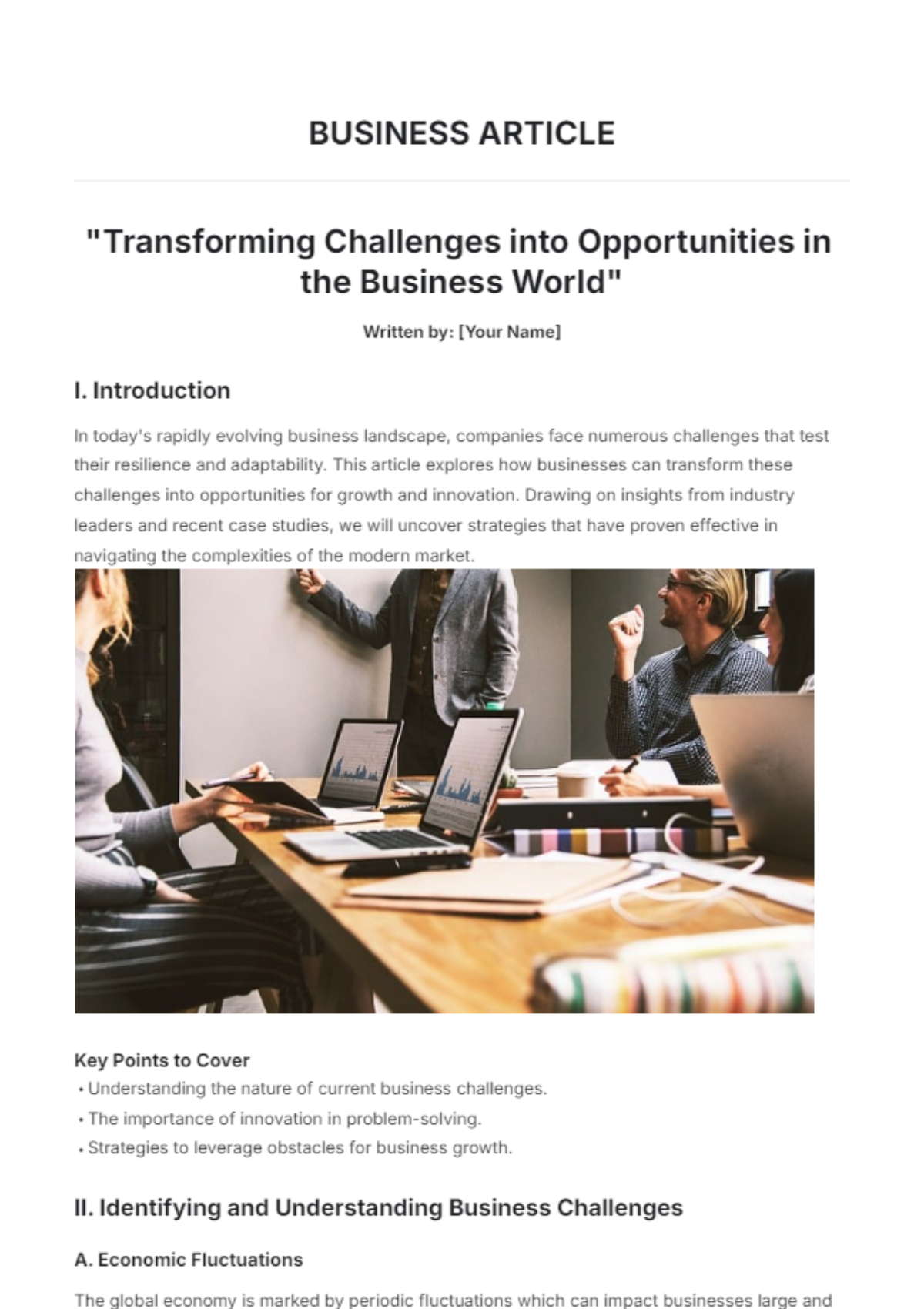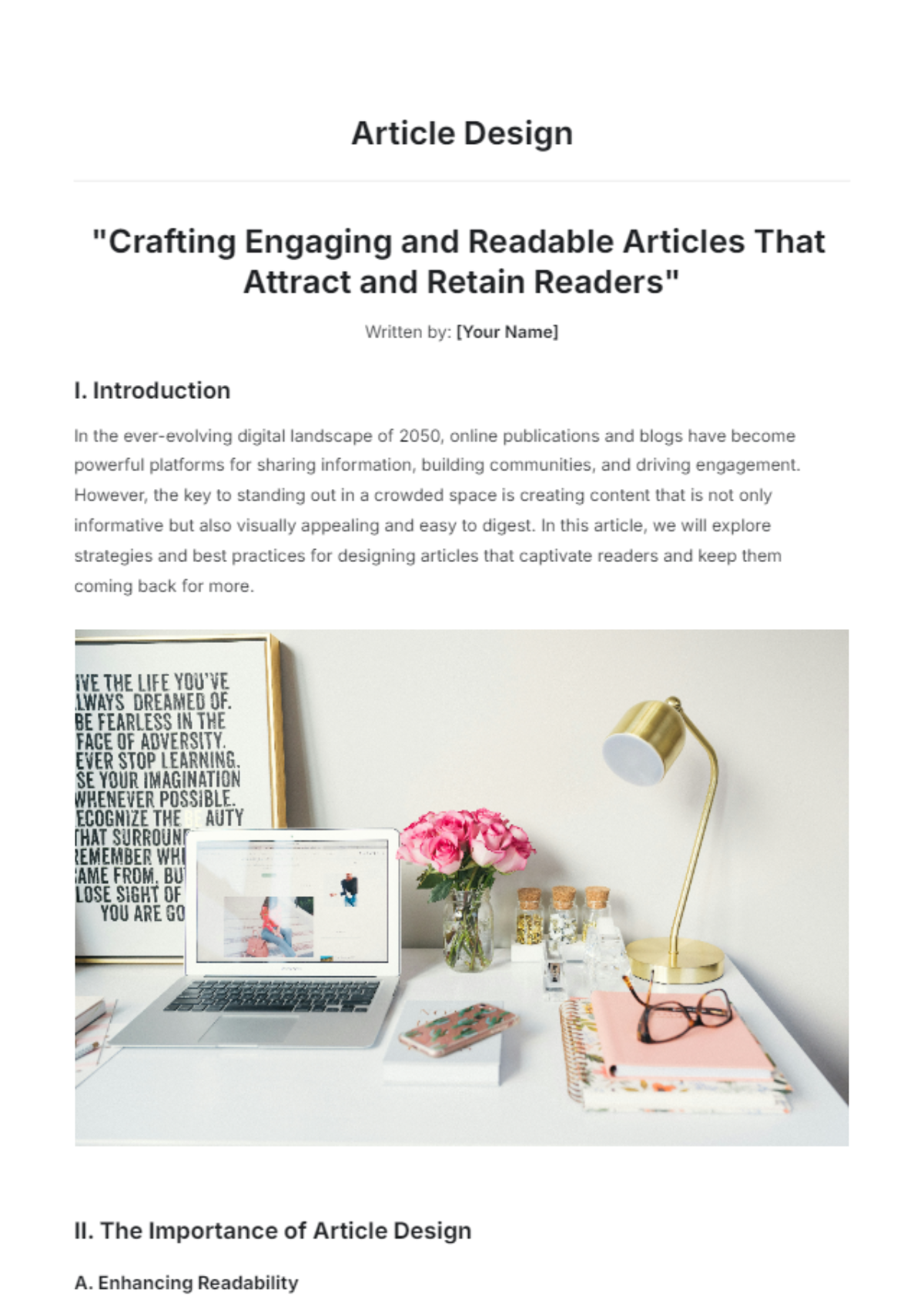MANUSCRIPT ARTICLE
Written By: [Your Name]
Abstract
The study of manuscript articles occupies a crucial position in historical and literary research, offering deep insights into the cultural, social, and intellectual landscapes of past civilizations. As primary documents, manuscripts provide a window into the zeitgeist of their times. This article explores the multifaceted aspects of manuscript articles, including their origins, production techniques, preservation challenges, and the methodologies used in their analysis.
Introduction
Manuscripts, handwritten documents that predate modern printing technologies, are invaluable artefacts that document the intellectual pursuits of past eras. Their study is essential for researchers in diverse fields such as history, literature, theology, and paleography. This section introduces the importance of manuscript articles, setting the stage for an in-depth exploration of their historical significance and the methodologies employed in their study.
Historical Context
The production of manuscripts dates back to the earliest civilizations, with materials such as papyrus, parchment, and vellum serving as writing surfaces. This section traces the chronological evolution of manuscript production, emphasizing key periods such as the Medieval and Renaissance eras. Additionally, it explores the pivotal role of scribes and scriptoria in the widespread creation and dissemination of manuscripts, highlighting their contributions to the preservation of knowledge.
Production Techniques
Creating a manuscript was an intricate and labor-intensive process that demanded exceptional craftsmanship. This section provides a detailed account of the techniques used in manuscript production, from preparing writing surfaces to the use of quills and specialized inks. We also explore the various styles of script and the elaborate illuminations that enhanced the manuscripts' aesthetic and functional value, underscoring the artistry involved in their creation.
Preservation Challenges
Manuscripts are vulnerable to a range of preservation challenges, including environmental factors, physical handling, and the inherent properties of the materials used. This section delves into the common threats to manuscript integrity and the contemporary techniques employed to conserve these precious documents. The role of libraries and archives in safeguarding manuscripts for future generations is also examined, emphasizing the importance of these institutions in the preservation of cultural heritage.
Methodologies in Manuscript Analysis
The analysis of manuscripts requires a multidisciplinary approach, combining techniques from various fields of study. This section outlines the key methodologies used in manuscript studies, such as paleography, codicology, and textual criticism. We also explore the application of modern technologies, including digital imaging and spectroscopy, in advancing the field of manuscript research, offering new avenues for discovery and interpretation.
Case Studies
To demonstrate the practical application of manuscript studies, this section presents a series of case studies. These examples highlight the diverse types of manuscripts, including religious texts, literary works, and scientific treatises, and the unique insights they provide into historical and cultural contexts. Each case study underscores the value of manuscript analysis in uncovering the complexities of the past.
Implications for Contemporary Research
Manuscripts remain highly relevant in contemporary research, offering perspectives that are often inaccessible through other sources. This section examines how modern scholars use manuscripts to illuminate historical events, cultural practices, and intellectual traditions. The impact of digital humanities and the digitization of manuscripts is also discussed, exploring how these advancements are transforming the study and accessibility of manuscripts.
Conclusion
In conclusion, manuscript articles are a rich repository of historical and cultural knowledge, demanding careful analysis and an interdisciplinary approach. By preserving and studying these documents, we not only protect our heritage but also gain profound insights into the human experience. This article has provided a comprehensive overview of manuscript articles, emphasizing their significance and the sophisticated methodologies used in their study.

















































